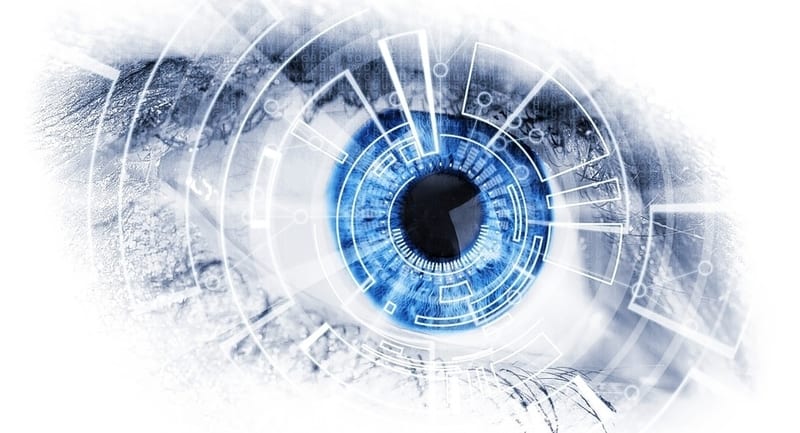The Coronavirus Endpoint Security Survival Guide for Businesses


Welcome to the new era of coronavirus endpoint security. As the pandemic accelerates, more and more enterprises face a problem unlike any previously faced; namely, how to maintain endpoint security over a completely remote workforce.
Coronavirus endpoint security requires both a different mindset and a set of cybersecurity tools. As the editors of Solutions Review, we dedicate our energy and expertise to helping enterprises make sense of their cybersecurity needs.
Therefore, we present a coronavirus endpoint security survival guide. We don’t know how long this crisis might persist, but we can help you fortify your digital perimeter in the meantime.
The Coronavirus Endpoint Security Survival Guide
Emphasize Remote Employee Cybersecurity Education
For coronavirus endpoint security to work, you need full employee participation. In fact, general cybersecurity needs full employee and user participation for the most optimal performance. Conversely, employees also represent the largest attack vector. Not only can they create dangerous cybersecurity workarounds, but their behaviors can also put your entire organization at risk.
Thus, you need to educate your employees on the importance of cybersecurity and how their behaviors can affect your business. First, you need to ensure everyone knows how to operate within the parameters of your endpoint security solution. You need to clarify the consequences of trying to circumvent security protocols to dissuade employees from attempting it.
Second, you should alert your employees to possible threats during the time of the coronavirus. Lessons can include how to recognize phishing attacks and other forms of social engineering attacks; a significant number of recent attacks attempt to exploit people’s fears and confusion around the coronavirus, often posing as the CDC or WHO. Moreover, it can include how to avoid behaviors that carry a high risk of malware.
Endpoint security thrives on shared knowledge. Now is the time to spread knowledge.
Fortifying Against Wi-Fi Weaknesses
Normally, we would rail against allowing remote employees to use public Wi-Fi in any capacity. Public Wi-Fi contains no security protocols and it allows threat actors to intercept messages, steal credentials, or plant malware.
However, we aren’t living in normal times. Most employees aren’t using public Wi-Fi because none of the coffee shops are allowed to open at this time; almost everyone has been confined to their home in the time of coronavirus.
That doesn’t mean they don’t face endpoint security challenges. In fact, many homes now connect numerous smart devices (part of the Internet of Things), each of which might become a weak point. Additionally, working from home might mean employees use personal or family devices, which may have increased security risks.
Your enterprise needs to prepare for these coronavirus endpoint security challenges. First, deploy a virtual private network (VPN) to ensure a consistent layer of Wi-Fi security across your remote workforce.
Second, ensure employee devices remain secure through capabilities that promote remote work such as intrusion prevention and firewalls. Third, make sure your core IT infrastructure can detect threats, through antivirus and endpoint detection and response (EDR).
Patching Matters
Every patch on every device contains valuable threat intelligence and prevention software. Therefore, your IT security team should continually update all devices to make sure everything stays current. Increased visibility matters significantly to coronavirus endpoint security so that you can see any devices which don’t have the current patches.
Authentication in Coronavirus Endpoint Security
Authentication matters to endpoint security more than ever before. In fact, authentication forms the digital perimeter just as much, if not more, than your devices. Yet your devices still provide a gateway into your network.
Thus you need to embrace strong authentication, including multifactor authentication, for all employees logging into the enterprise infrastructure. Yet even that isn’t enough. Your coronavirus endpoint security must also embrace Zero Trust.
Zero Trust never trusts any action, regardless of authentication. It constantly monitors all endpoints and all behaviors, looking for any deviation from baseline; these even more than authentication errors could indicate compromised accounts.
You can learn more about coronavirus endpoint security in our Buyer’s Guide.
























